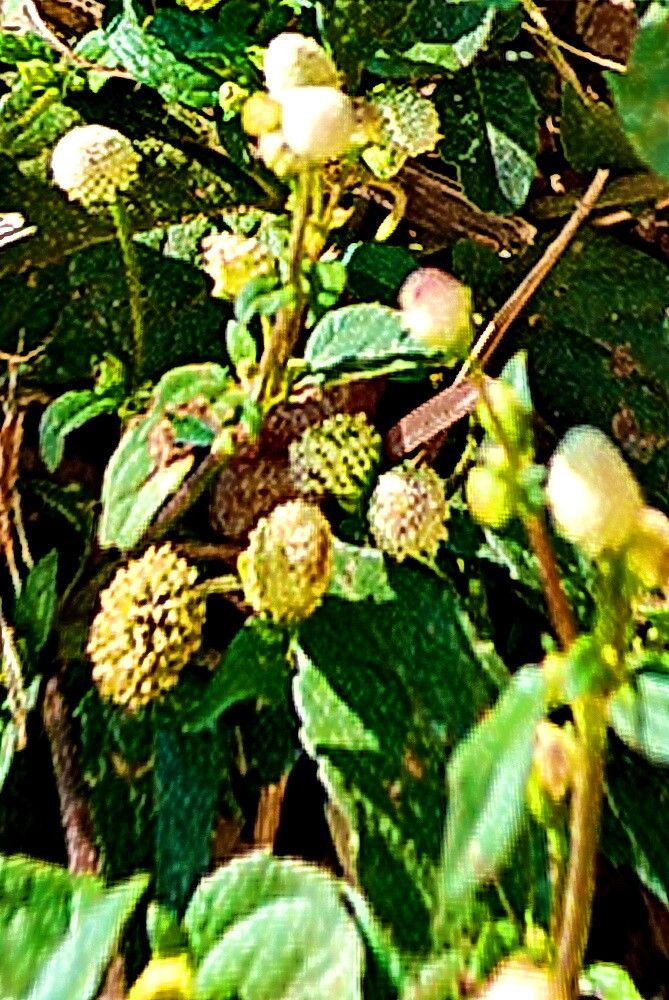Propagating Acmella radicans: The Buzz About Growing "Electric Daisy"
Acmella radicans, commonly known as electric daisy, buzz button, or Sichuan button, is a captivating ornamental plant prized for its unique, intensely tingling flowers. Its striking appearance, coupled with its intriguing culinary and medicinal uses, has fueled its increasing popularity among gardeners. However, propagating this zesty plant presents some interesting challenges. While its propagation isn’t always straightforward, the rewards of successfully cultivating this unusual plant are well worth the effort.
Seed Germination:
Currently, there are no known reliable methods for seed germination propagation of Acmella radicans. While seeds may be produced, their viability is exceptionally low, and consistent germination rates have not been achieved under common horticultural practices. This makes seed propagation an unreliable approach for most gardeners.
Cuttings:
Cuttings offer a far more reliable method for propagating Acmella radicans.
Challenges: Root development can be slow and inconsistent. The success rate depends heavily on environmental conditions and the timing of the cuttings.
Practical Tips: Take cuttings from healthy, actively growing stems in spring or early summer. Use a sharp, clean knife or shears to take 4-6 inch cuttings, removing lower leaves to prevent rot. Dip the cut ends in rooting hormone powder before planting in a well-draining potting mix. Maintain high humidity (using a humidity dome or propagating tray) and consistent moisture, but avoid overwatering. Keep the cuttings in bright, indirect light.
Rewards: Cuttings offer a relatively quick and efficient way to produce multiple plants, preserving the characteristics of the mother plant.
Division:
Division is another successful method for propagating Acmella radicans.
Challenges: This method is best suited for established plants. Care must be taken to avoid damaging the roots during separation.
Practical Tips: Divide the plant in spring or early fall. Carefully lift the entire plant from the ground, gently separating it into several smaller sections, ensuring each section has healthy roots and several stems. Replant immediately in well-prepared soil, ensuring the root crowns are at or just slightly above the soil surface. Water thoroughly after replanting.
Rewards: Division is a simple and effective method for increasing the number of plants without the need for specialized equipment or techniques. This method also allows for easy sharing of plants with other gardeners.
Tissue Culture:
Tissue culture propagation is a viable but specialized method for Acmella radicans.
Challenges: Requires specialized equipment, sterile conditions, and a thorough knowledge of plant tissue culture techniques. It’s generally not a practical method for the average home gardener.
Practical Tips: Sterile procedures are paramount. Explant selection, media composition, and growth regulator application all play critical roles in successful tissue culture propagation. Expertise in microbial control and aseptic techniques is essential.
Rewards: Tissue culture allows for mass propagation of genetically identical plants, useful for commercial purposes or for the conservation of rare or valuable cultivars. It can also provide disease-free plantlets.
Conclusion:
Propagating Acmella radicans presents a unique set of challenges depending on the method employed. While seed germination remains unreliable, cuttings and division offer practical and relatively successful approaches for the home gardener. Tissue culture provides a highly efficient but specialized avenue for large-scale propagation. The effort involved, especially with cuttings or division, is rewarded by the pleasure of witnessing this fascinating plant flourish in your garden, bringing with it the intriguing sensory experience of its uniquely tingling blooms. Don’t be discouraged by initial setbacks; perseverance will eventually lead to the satisfaction of successfully propagating your own electric daisies.


